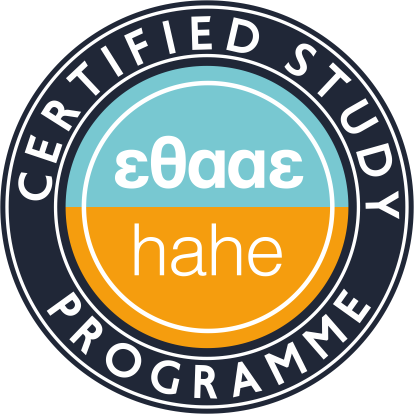COMPUTATIONAL PHYSICS
Computational Physics
The spectacular development of information technologies and communications is tending to bring an absolute economic and social change, the result of which will be the information society. These technologies provide the possibility of resolving important problems in society and continuously create many new professions and places of work. A consequence of this development is that in almost all placesof employment, even in the most traditional, as in secondary education, advanced skills in information technology are required. It is characteristic that the Ministry of Education spends large sums for the training of currently serving teachers, aiming at the introduction of these technologies into education. Also, the growth of science and technology presupposes substantial experience in the use of computers as calculating tools, and their use in the development of simulation models of phenomena and processes. The field of Computational Physics (CP) develops the above mentioned activities in the best possible way.
The fundamental objective of the Postgraduate Diploma Specialisation in Computational Physics (PDS-CP) is the specialization of students in methods of simulation of phenomena and processes. To achieve this objective a prerequisite knowledge of information technology is required. It should be emphasised that the laws of physics govern many of the sectors of science and technology, and the techniques of modelling and simulation that are applicable to physics have applications in many other scientific and technological fields, eg
the laws and the computational techniques of dynamics have a wide application in the area of chemistry, biology, environment, the engineering sectors, even in financing,
the laws and the computational techniques of statistical physics are applied to all areas of physical sciences and engineering, as within financing,
the laws and the computational techniques of electromagnetism in the areas of telecommunications and electronics,
and finally, the laws and the techniques of quantum mechanics in quantum computers, chemistry, the modern technology of optoelectronics and nanotechnology
Thus the experience acquired through an education in Computational Physics provides its holders with the potential of successfuly claiming employment in a wide spectrum of professions. The graduates of the PDS-CP will have the potential of employment in activities mainly in the areas of modern technology, as in e.g. the develpment of computational simulations of phenomena and process models, data processing, applied information technology, etc.Z
From the above it becomes obvious that postgraduate study in Computational Physics satisfies needs of education and those of the economy in general. The benefits that result from the application of this programme are
The creation and training of high level executives that are essential for third level education, in the wider region of the Exact Sciences and Technology.
The creation and training of high level executives that are essential for the crewing of developmental activities of organisations and enterprises.
To avoid the loss of our select scientific assets to countries of Europe and America for Postgraduate Study and then manning of their research centres and enterprises.
Promotion of research in Computational Physics carried out at the AUTH and the attraction of postgraduate students from neighbouring countries.
The maintainance of the high level of research at the AUTH in the subject of Computational Physics and the beneficial effect of this on secondary education.
The importance of educating executives with knowledge comparable to that offered by the PDS-CP also becomes obvious from the recent study by the Association of Greek Industries on the needs of industrial enterprises in cutting edge specialists (May 2001), in which the second ranking, in expected number of positions of employment, is the direction of "Technologies of Information - Communications". All this comprises a favourable environment for the graduates of the PDS-CP.

